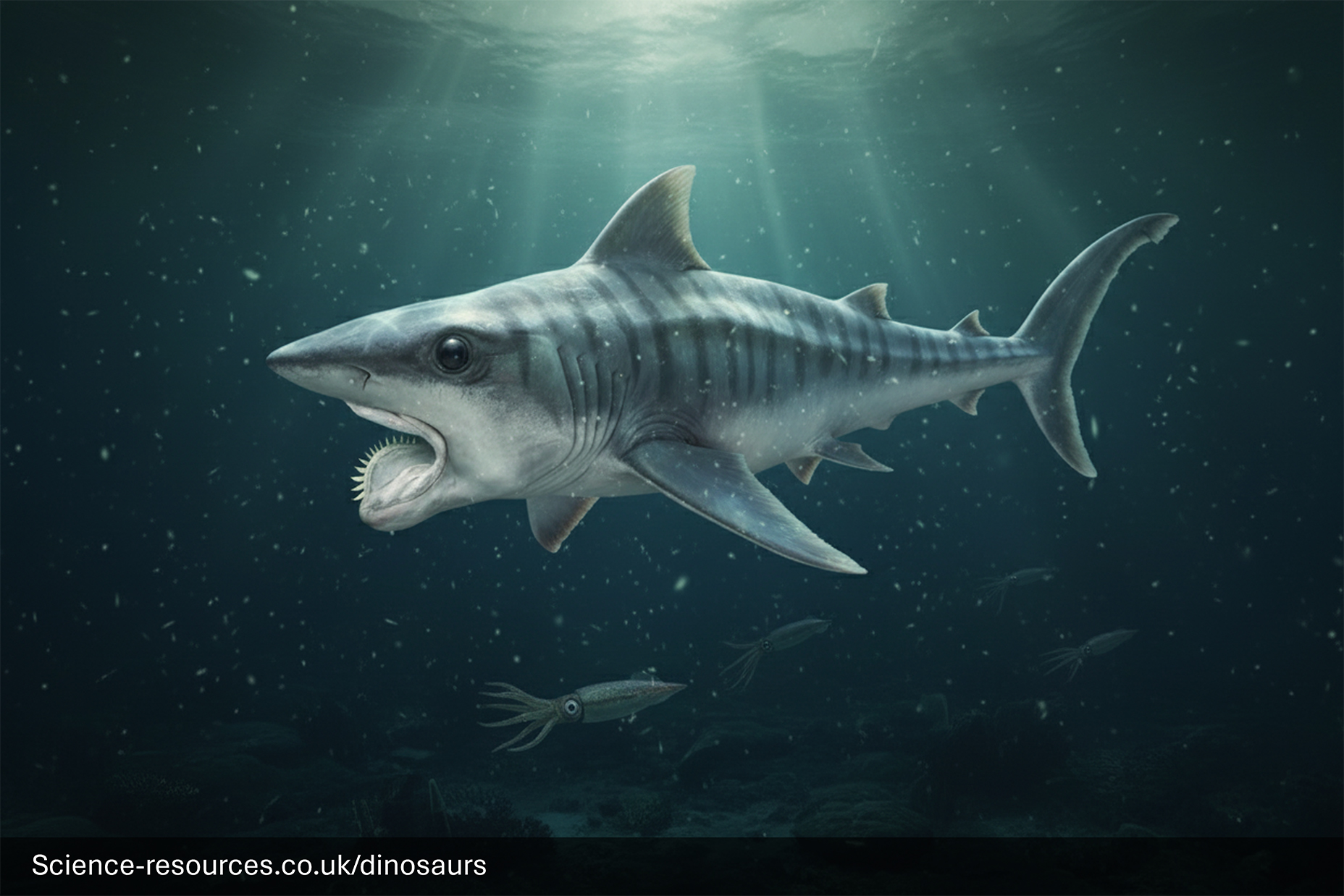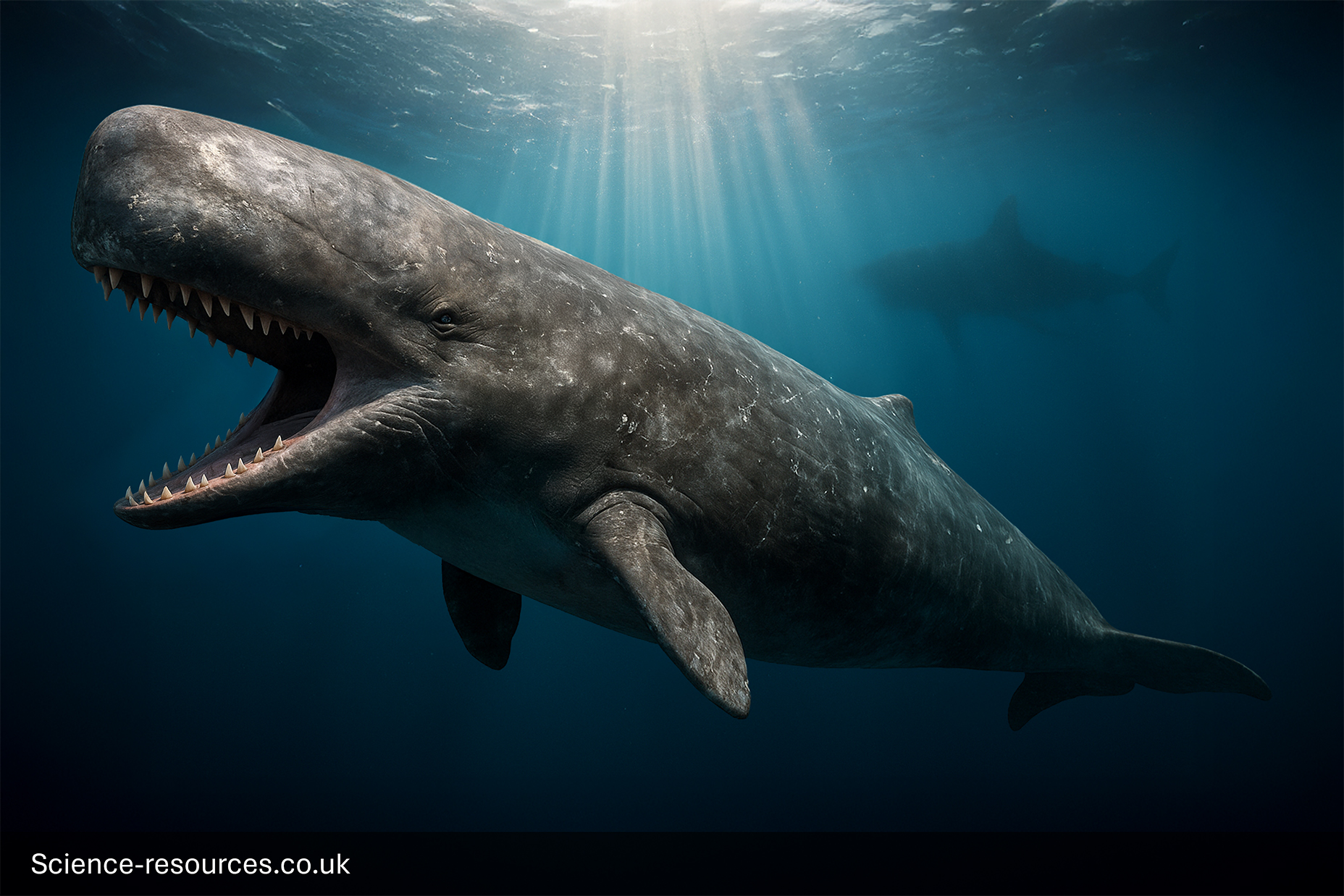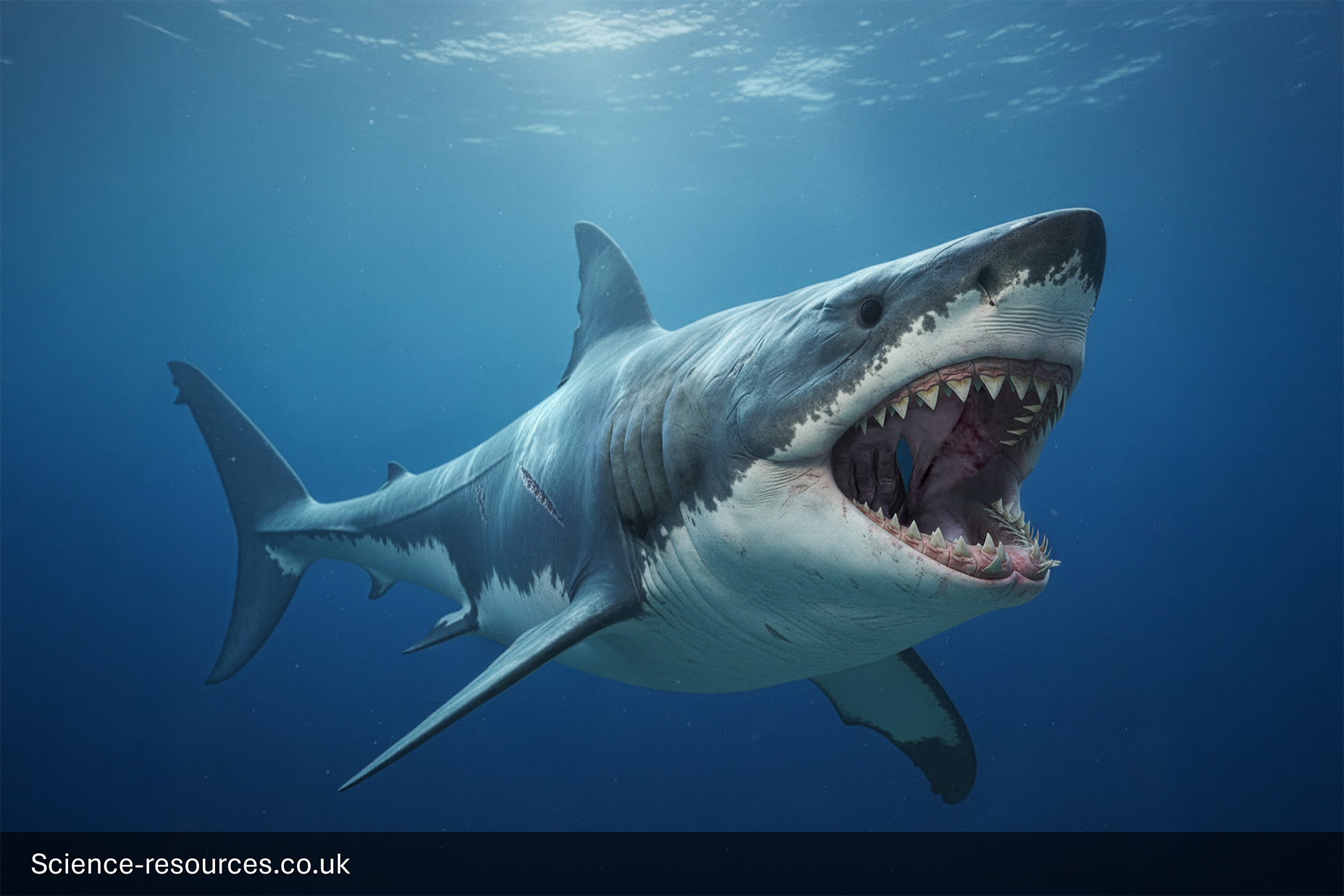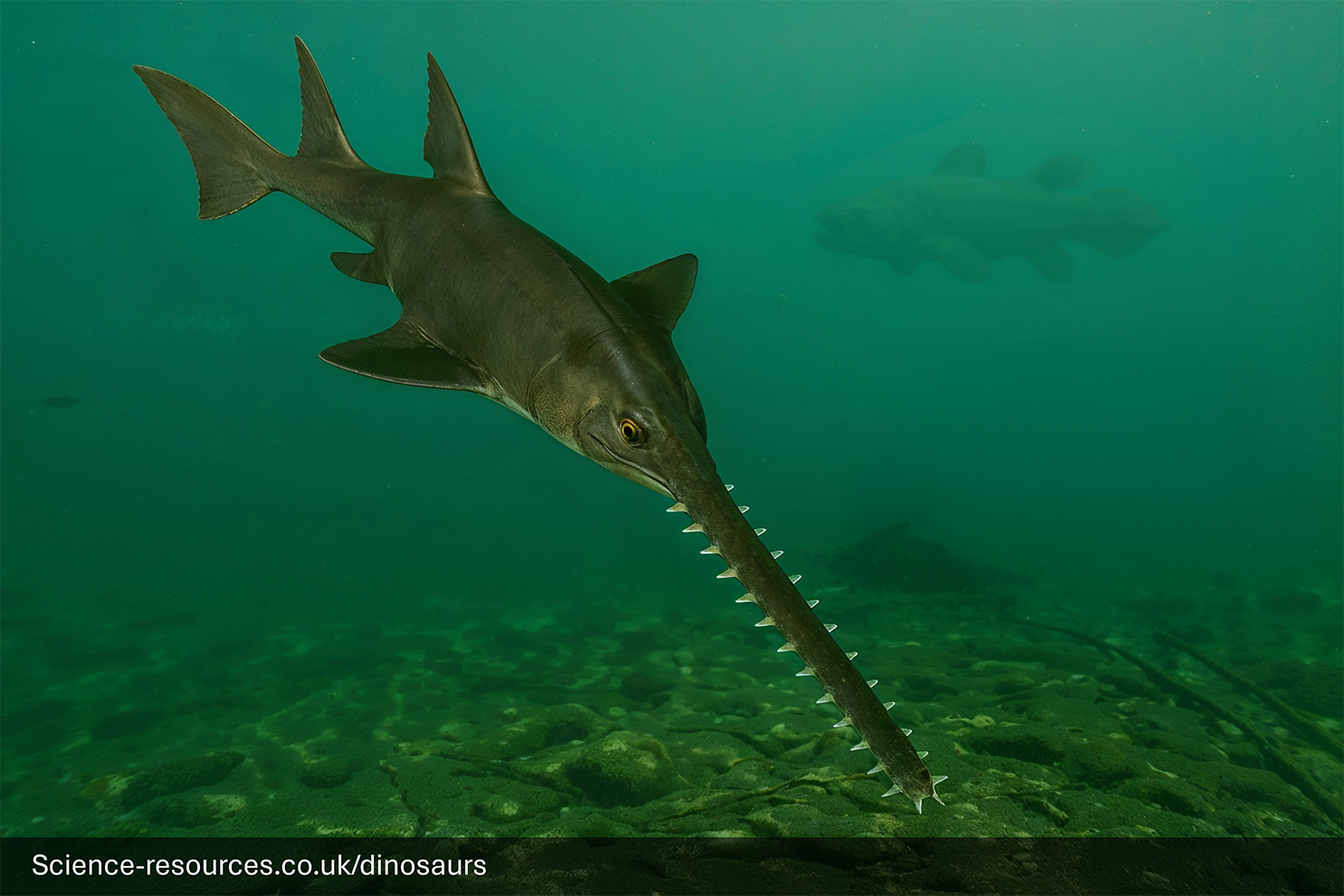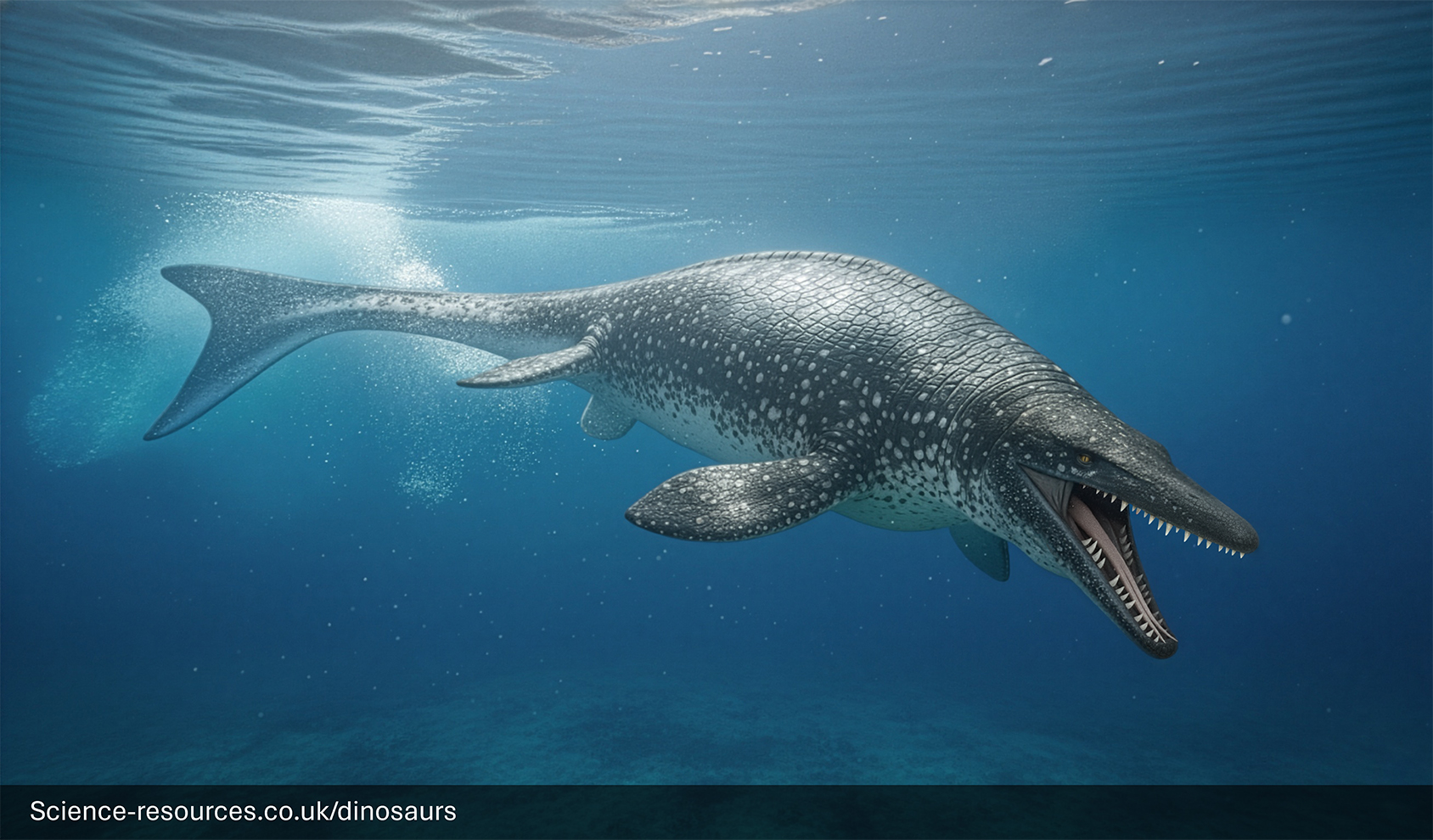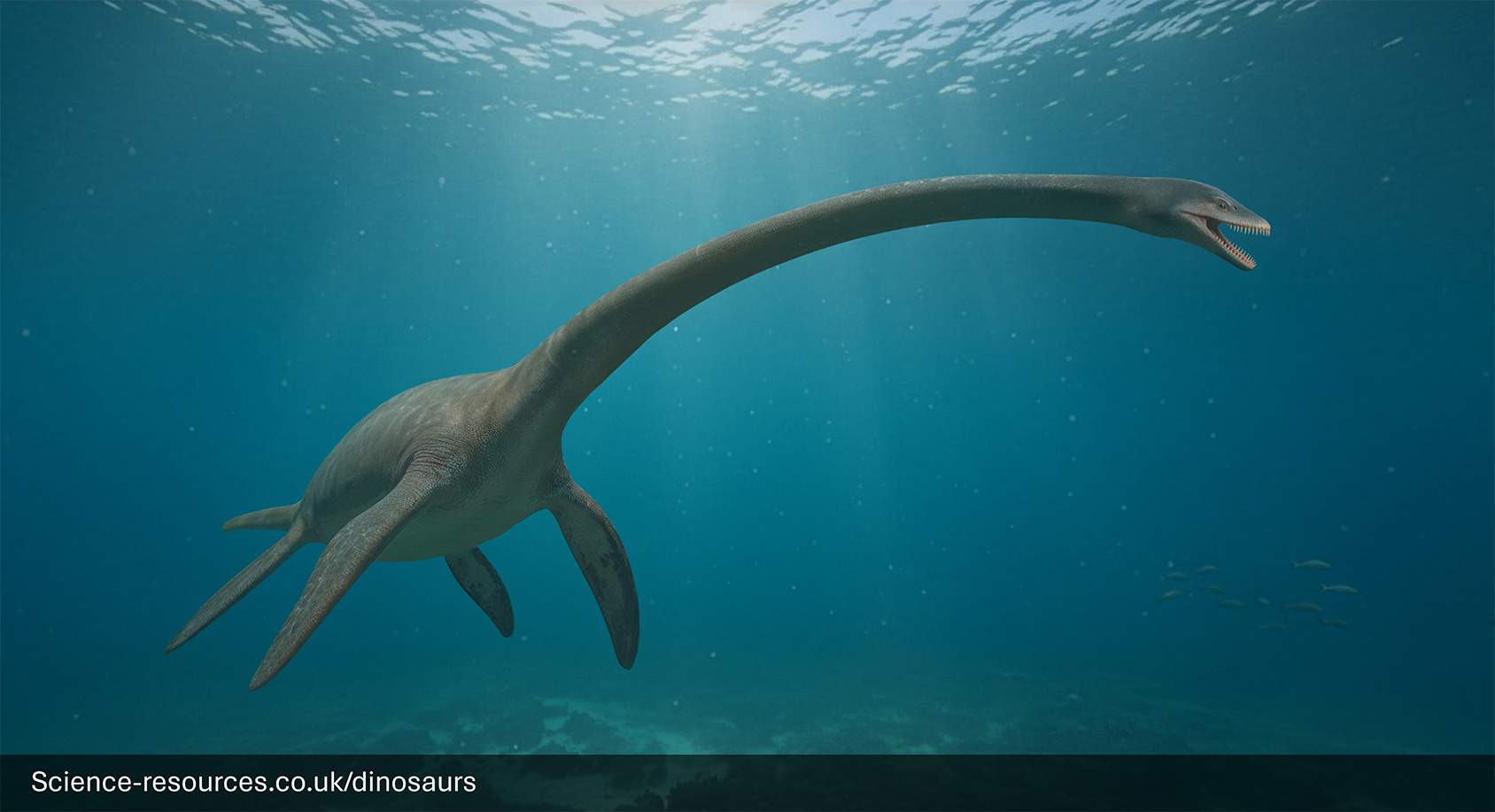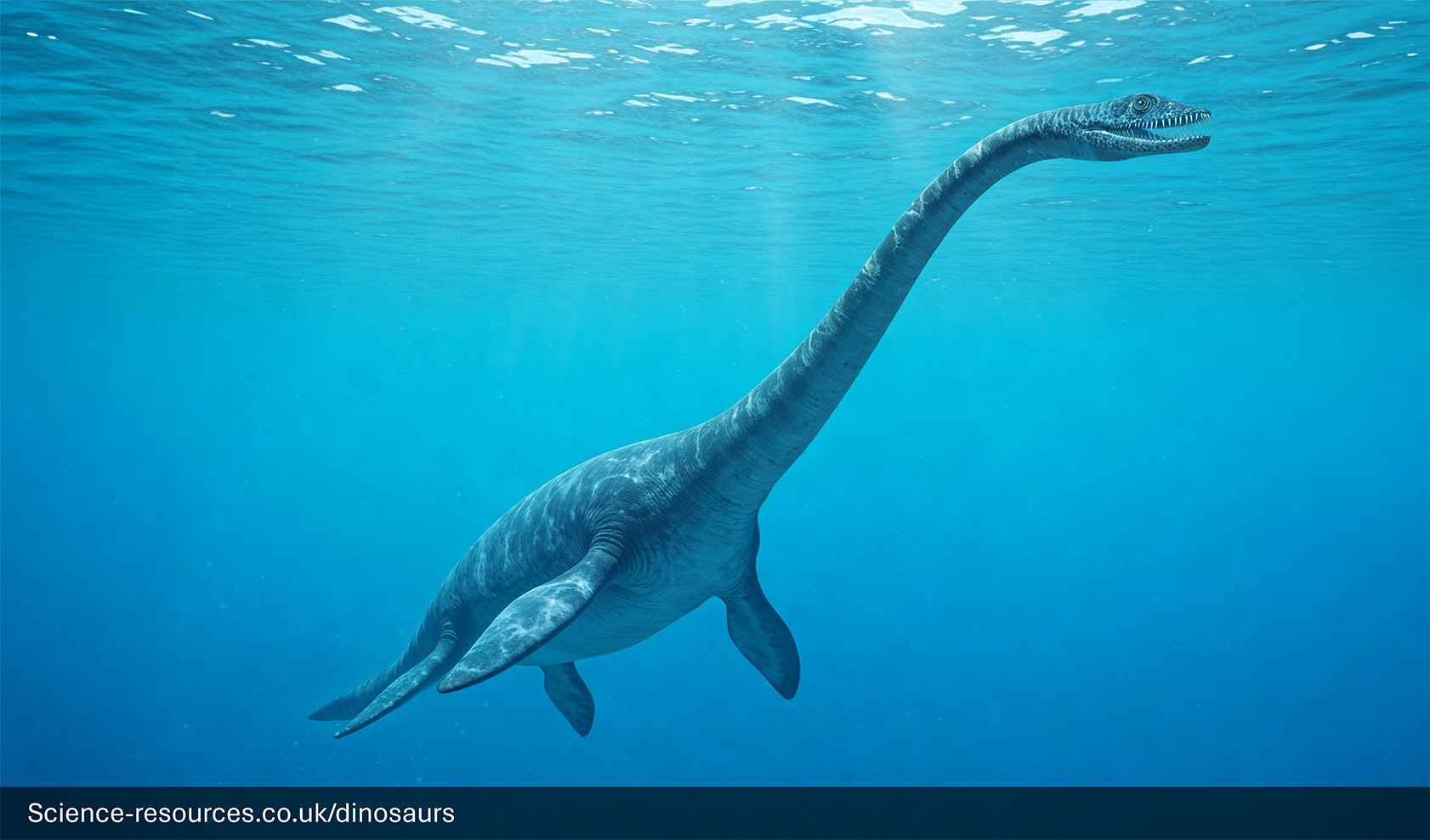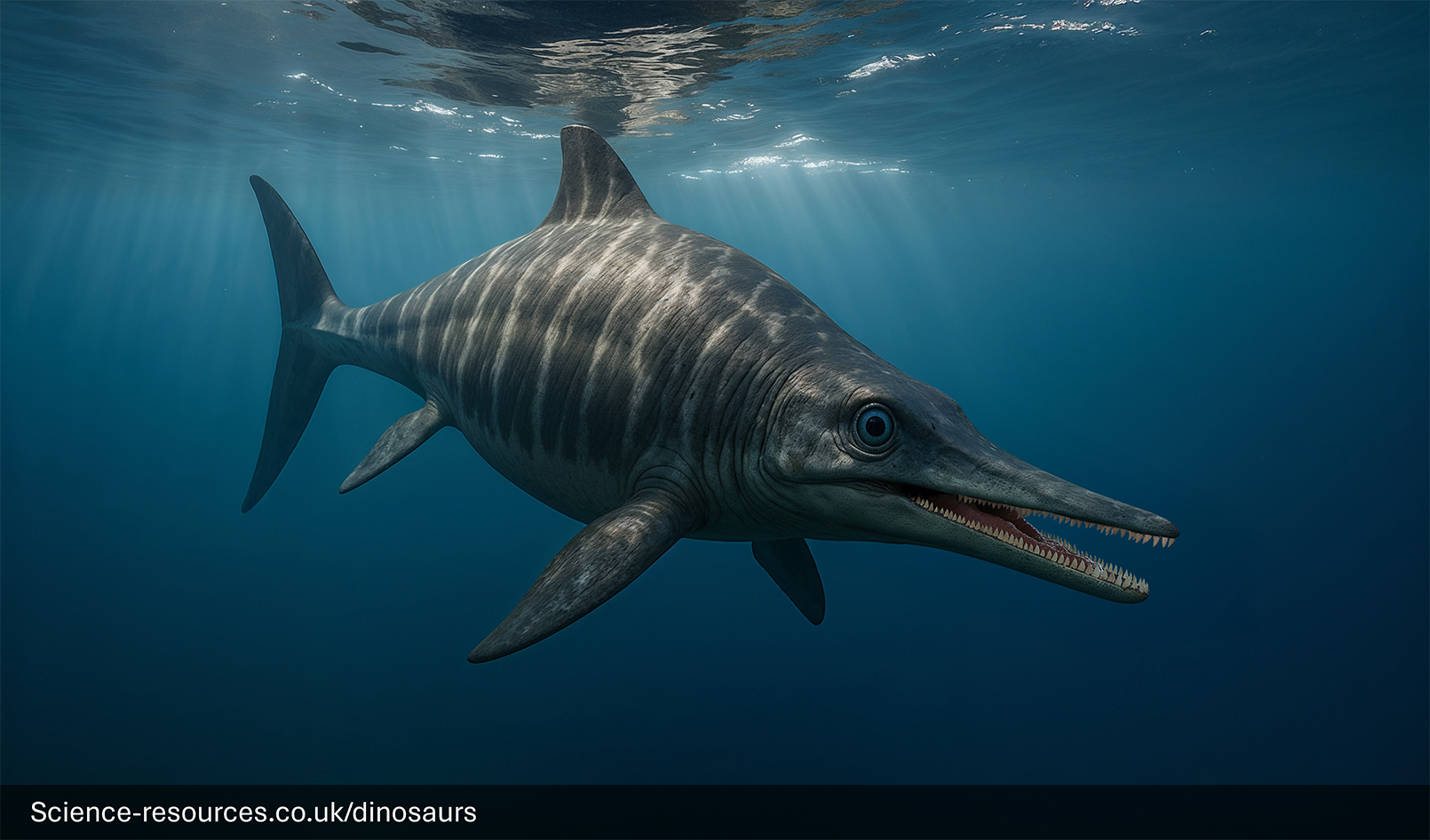i-How: How incredible - 12 monstrous sea creatures that actually existed.
A mighty sea monster wraps its massive tentacles around a ship lost at sea. From the depths of our planet's ancient oceans, colossal and bizarre creatures once thrived, inspiring tales of sea monsters that have endured for generations. These real-life beasts were far stranger and more impressive than anything dreamt up in folklore or fiction. In this list, we dive into the fascinating world of prehistoric marine giants—some with spiral jaws, some with necks longer than a double-decker bus, and all with stories as astonishing as their size. Prepare to meet twelve monstrous sea creatures that truly ruled the oceans. Despite its name (“king lizard”), Basilosaurus was actually one of the earliest giant whales! It lived around 40 million years ago and could reach lengths of 18 metres. Basilosaurus had a long, snake-like body and sharp teeth for eating fish and other marine mammals. Its strange shape helped it twist and turn through the ancient seas, chasing down prey with surprising speed. Basilosaurus (Image source: science-resources.co.uk) Helicoprion was a bizarre prehistoric shark famous for its spiral-shaped lower jaw, which looked like a round saw blade! Scientists think it used this “tooth whorl” to catch and slice up soft-bodied prey like squid. Helicoprion lived over 250 million years ago and grew up to 4 metres long. Its jaw remains a puzzle and a wonder for palaeontologists even today. Helicoprion (Image source: science-resources.co.uk) Livyatan was a massive, whale-like predator that lived about 12 million years ago. It had huge, sharp teeth (the largest of any animal, even bigger than T. rex!) and hunted other whales and large sea creatures. Livyatan’s powerful jaws and enormous size made it a real terror of the ancient seas, often battling giant sharks like Megalodon! Livyatan (Image source: science-resources.co.uk) Megalodon was the biggest shark to ever live—some grew longer than 16 metres, with jaws big enough to swallow a car! Its teeth were as big as your hand, and it hunted whales and other large sea animals. Megalodon lived about 23 to 3.6 million years ago and was the top predator of its time, ruling the ancient oceans with its powerful bite. Megalodon (Image source: science-resources.co.uk) Onchopristis looked a bit like a giant sawfish, with a long, flat snout covered in sharp, tooth-like spikes. It used this saw to slash through schools of fish or dig prey out of the seabed. Onchopristis could grow up to 8 metres long and lived alongside dinosaurs, swimming in the warm, shallow seas of Africa about 100 million years ago. Onchopristis (Image source: science-resources.co.uk) Discover the real-life sea monsters that once roamed our oceans.
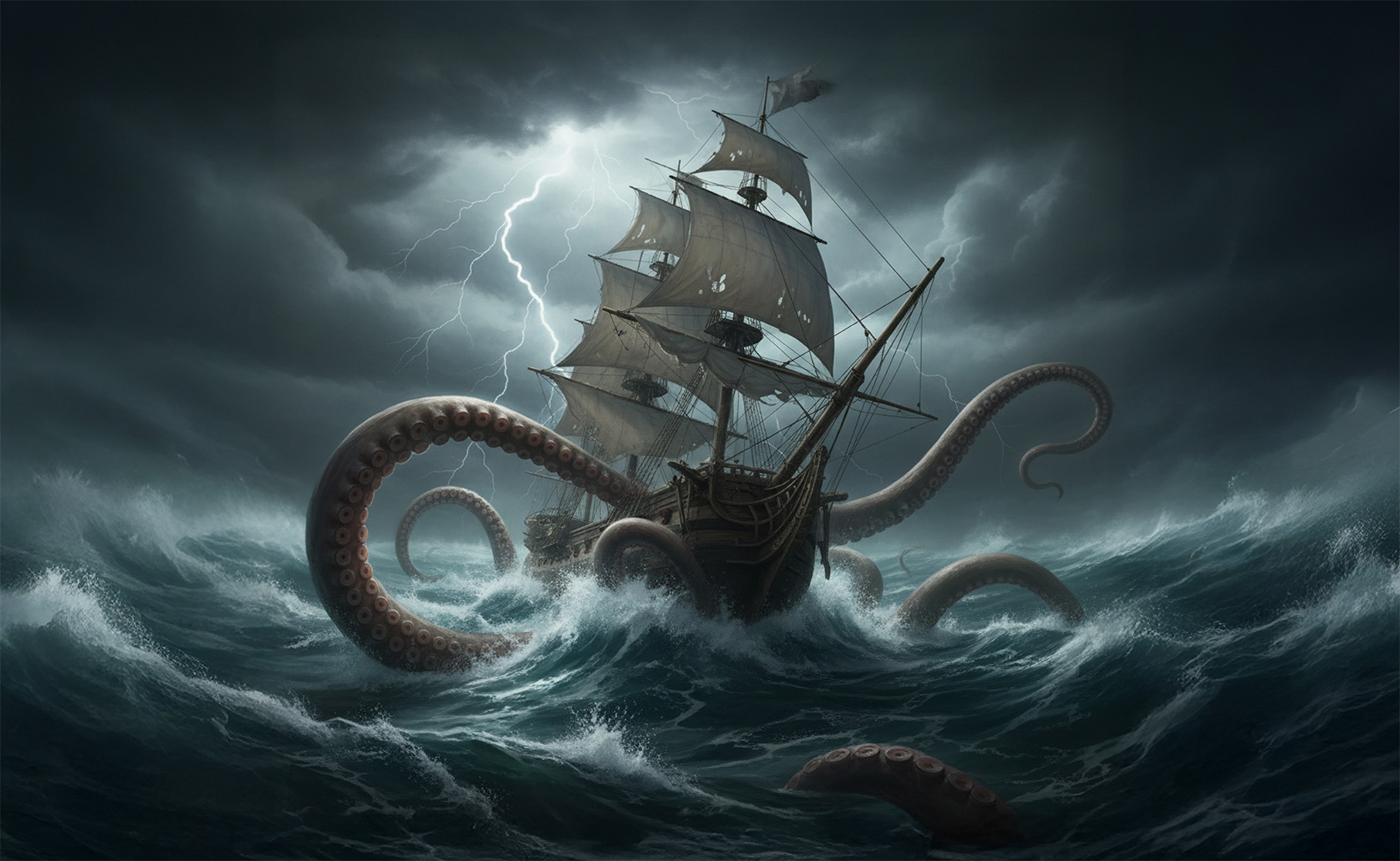
1. Basilosaurus
2. Helicoprion
3. Livyatan
4. Megalodon
5. Onchopristis
Mosasaurus was a real-life sea monster, growing up to 17 metres long—longer than a double-decker bus! This mighty reptile had a huge, powerful jaw filled with sharp teeth and could eat almost anything, including fish, sharks, and even other mosasaurs. It lived at the end of the dinosaur age and ruled the Cretaceous oceans. Mosasaurus (Image source: science-resources.co.uk) Elasmosaurus had one of the longest necks of any animal ever—over 7 metres long, with more than 70 neck bones! Its total body length was about 14 metres. Despite the long neck, it had a tiny head with sharp teeth for catching slippery fish. Elasmosaurus glided gracefully through the Cretaceous seas of North America around 80 million years ago. Elasmosaurus (Image source: science-resources.co.uk) Plesiosaurus is famous for its long neck and small head, making it look a bit like the Loch Ness Monster! It swam using four flippers, almost like underwater wings, and lived about 200 million years ago. Its long neck helped it sneak up on fish and other small sea creatures, striking suddenly from below or behind. Liopleurodon was a super-predator of the Jurassic seas, growing up to 7 metres long (or possibly even more!). With a massive head and huge, sharp teeth, it hunted large fish and other marine reptiles. Its powerful flippers let it move quickly through the water, making it one of the top hunters of its time. Some scientists believe it could smell prey from far away! Ophthalmosaurus may have had the biggest eyes of any sea reptile—each eye could be as wide as a dinner plate! These huge eyes helped it see in the deep, dark parts of the ocean where it hunted for fish and squid about 165 million years ago. It had a streamlined body and was an excellent swimmer, able to dive deep and stay underwater for long periods. Shonisaurus was a giant among marine reptiles, growing up to 15 metres long—about as long as a big bus! Living around 215 million years ago, it had a long, slender body and a small head. Unlike some of its relatives, Shonisaurus ate mostly soft-bodied prey like squid. Its size helped keep it safe from other predators, and its fossils have been found in what is now Nevada, USA. The Ichthyosaurus was a fast and sleek marine reptile that looked a bit like a modern dolphin, but it lived about 200 million years ago! Its name means “fish lizard,” and it had a long, pointed snout filled with sharp teeth, perfect for catching fish and squid. Ichthyosaurus could swim very quickly and had big eyes to help it see in the murky depths. Fossils show that it gave birth to live young, just like some sea creatures today! Q1. What is the largest prehistoric sea monster? A1. The largest prehistoric sea monster is generally considered to be the Megalodon (Otodus megalodon), an extinct giant shark, which is estimated to have reached lengths of up to 16-18 meters (52-59 feet). Q2. Did any prehistoric sea creatures look like modern animals? A2. Yes, many did. For example, the Ichthyosaurus resembled modern dolphins or tuna, and the Onchopristis (a giant ray) was very similar to modern sawfish. Q3. Were prehistoric sea monsters dinosaurs? A3. No, most prehistoric sea monsters, such as Mosasaurus and Plesiosaurus, were marine reptiles. They belonged to a different evolutionary branch than the land-dwelling dinosaurs, though they lived at the same time. Q4. Were all ancient sea creatures predators? A4. While many of the most famous creatures were apex predators (like Liopleurodon and Livyatan), the ancient oceans were home to a vast range of animals, including plankton-eaters and filter feeders, just like modern oceans. Q5. When did prehistoric sea monsters live? A5. They lived across various geological periods, primarily from the Triassic (around 250 million years ago) through the Cretaceous, with some, like Megalodon, surviving until the Pliocene (around 3.6 million years ago). Q6. Are any ancient sea monsters still alive? A6. No, all of the major prehistoric sea monsters, such as Megalodon and Mosasaurus, are extinct. However, some of their descendants, like modern sharks and whales, are still thriving. Q7. Which prehistoric sea creature had the biggest teeth? A7. The Livyatan (Livyatan melvillei), an extinct predatory whale, had the largest known teeth of any animal, measuring over 30 cm (1 foot) long. These were larger and thicker than the teeth of the Megalodon. Q8. How do scientists know what extinct sea monsters looked like? A8. Scientists rely on fossil evidence, including complete skeletons, teeth, and sometimes impressions of soft tissue and skin. They use comparative anatomy with modern animals and advanced imaging/modelling techniques to reconstruct their appearance. Q9. Which prehistoric sea monsters are in movies? A9. Several are popular in media, including the Mosasaurus and Plesiosaurus (featured prominently in the Jurassic World films), and the Megalodon (star of the The Meg film series). Q10. What caused prehistoric sea monsters to go extinct? A10. Their extinctions were often caused by major events, including rapid climate change, significant sea level shifts, increased competition for food, and large-scale disasters like the mass extinction event that ended the Cretaceous period 66 million years ago. 6. Mosasaurus
7. Elasmosaurus
8. Plesiosaurus
9. Liopleurodon
10. Ophthalmosaurus

11. Shonisaurus
12. Ichthyosaurus
Sea Monster FAQ
You may also be interested in
Tags: Real-life sea monsters; Ichthyosaurus; Shonosaurus; Ophthalmosaurus; Liopleurodon; Plesiosaurus; Elasmosaurus; Mosasaurus; Onchopristis; Megalodon; Livyatan; Helicoprion; Basilosaurus

